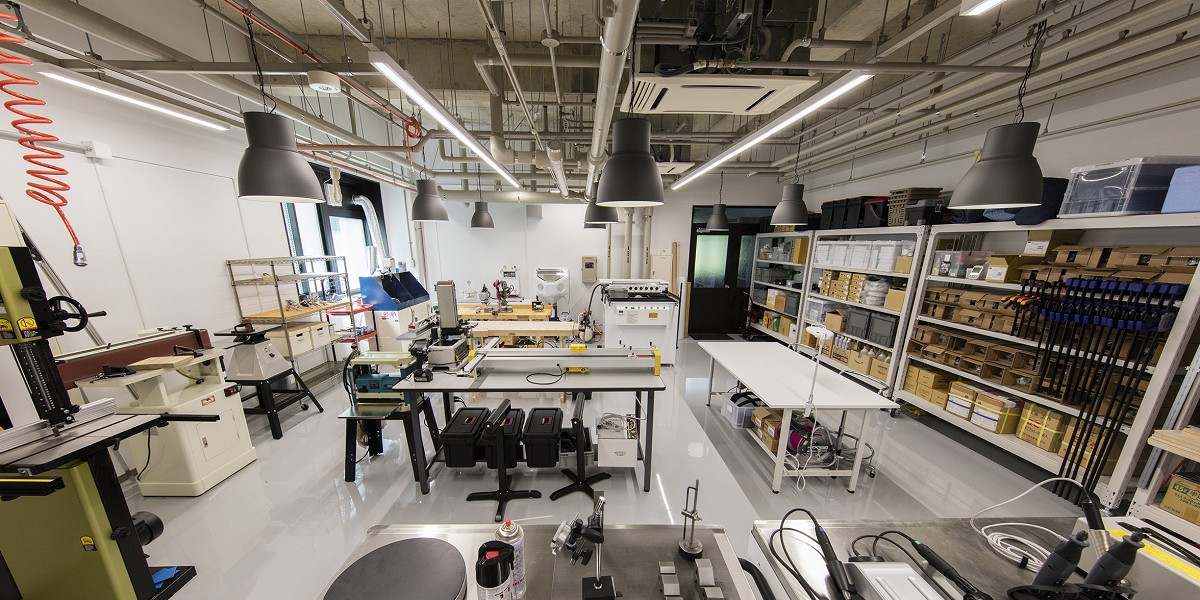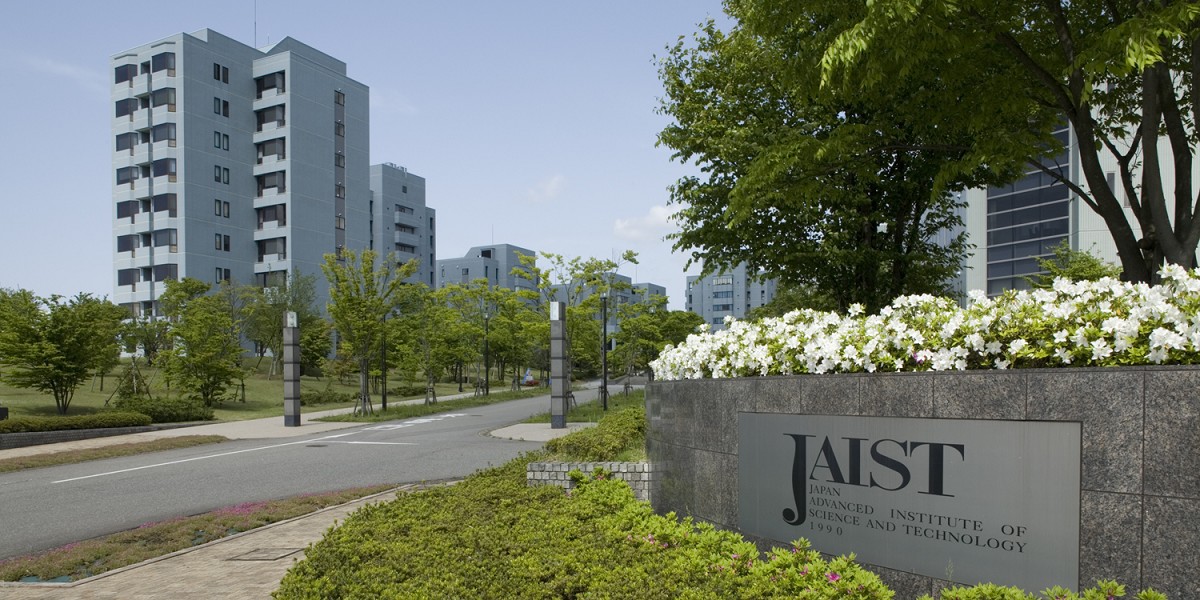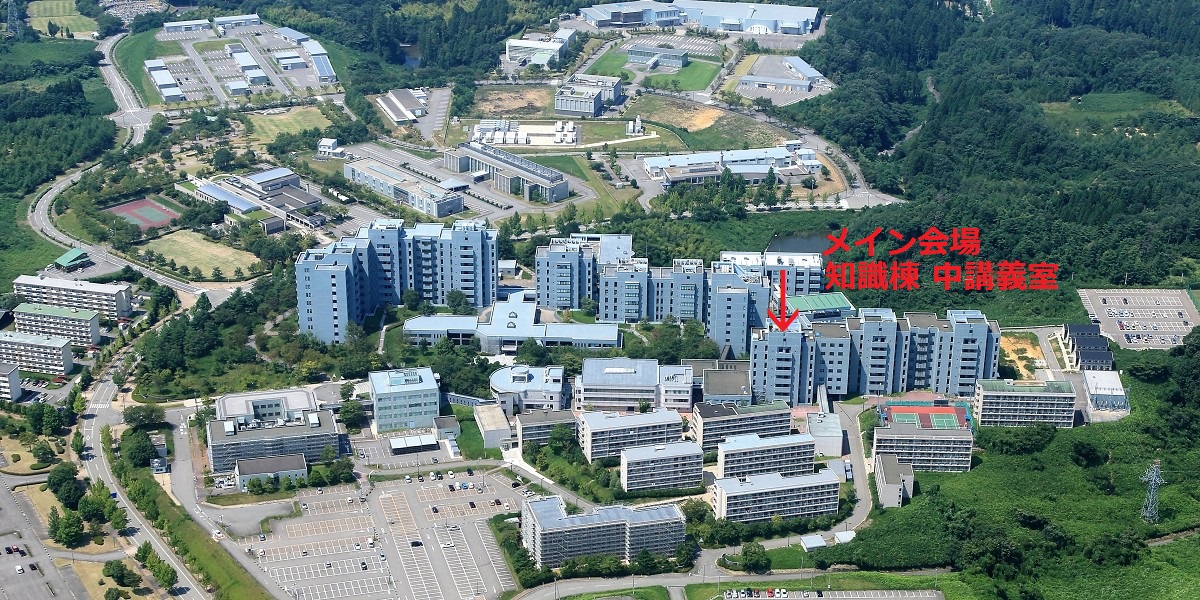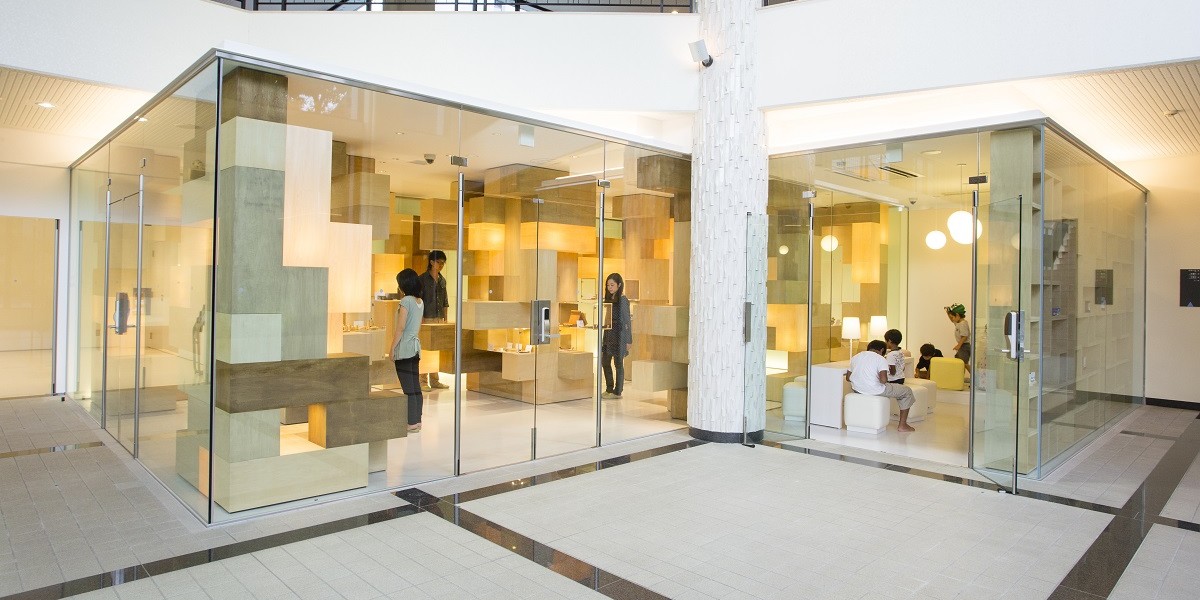第41回 日本創造学会研究大会
2019年9月28日(土)・29日(日) 於:北陸先端科学技術大学院大学
招待講演1:丹羽清氏
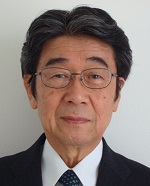
東京大学名誉教授
イノベーション実現へのアプローチ
2019年9月28日 14:00-14:50
講演概要
イノベーションをどのように起こしたらよいのであろうか?この挑戦的な課題に対して、本講演は、 まず、イノベーションとは何であるのかという基本的な特徴を再確認し、ついで、イノベーションの効果的な実現に向けてのアプローチを提示する。
イノベーションとは、従来の軌道から新しい軌道へ変更することである。あるいは、従来軌道を破壊し新しい軌道を造るという意味で創造的破壊とも言われている。 ここで言う軌道とは、企業活動におけるイノベーションにおいては、提供する製品やサービス、生産や提供の方法、対象とする市場、 採用するビジネスモデルなどである。
さて、この企業活動におけるイノベーションは、いわゆる競争とは別次元のものである。一般的に競争では同業の他社にいかに勝つかが議論の中心である。 しかし、イノベーションとは、新しい軌道を創造して、それまでの軌道を採用している業界全体を破壊するというひと回り大きな話である。
この創造的破壊を実現するために、本講演では、2つのアプローチがあることを説明する。最初のアプローチを「破壊先行アプローチ」と呼ぼう。 これは、「攻めるべき対象」の軌道を破壊する目的のために、新しい軌道を創り出すというものであり「創造的破壊」の一般的なイメージに適合するものである。 本講演では、攻めるべき対象を明確にすることの重要性を示し、ついで、いかに創造的破壊を起こしたらよいのか、その考え方と手順を提示する。
第2のアプローチは「創造先行アプローチ」と呼ぶ。これは、何か破壊するものを特に意識はしないで新しいものを創造するが、その結果として、 既存のどこかの軌道が破壊されてしまうというものである。今日の高度技術社会では、新しい事業を確立することが経済発展にとって重要であるので、 本講演では「創造先行アプローチ」の一環として、顧客が思いもよらないような全く新しい事業を起すために「技術先導の顧客創造」という新しい考え方を提案する。
略歴
現在、東京大学名誉教授。早稲田大学大学院理工学研究科修士課程修了。工学博士(東京工業大学大学院システム科学)。 日立製作所システム開発研究所、同基礎研究所、米国ポートランド州立大学工学部技術経営学科客員教授などを経て、 2010年まで東京大学大学院総合文化研究科広域科学専攻教授。米国テキサス大学IC2 (Innovation, Creativity and Capital) 研究所フェロー、 PICMET (技術経営国際会議) 副編集長、及びインターナショナル・ディレクター。「技術経営」や「イノベーション」に関するコンサルティングや企業人研修も行う。
研究領域は、技術経営、イノベーション、知識マネジメント.学術論文は、IEEE Transactions on Engineering Managemen; IEEE Transactions on Systems, Man, and Cybernectics; AI Magazine; Knowledge Engineering Review; 経営情報学会誌、研究イノベーション学会誌等に発表。主な著書に、Knowledge-Based Risk Management in Engineering: A CaseStudy in Human-Computer Cooperative Systems (John Wiley & Sons,1989),Technology Management: The New International Language (共編,IEEE,1991), 『技術経営戦略』(共編, 生産性出版,1999)、 Technology Management in the Knowledge Era (共編,IEEE,2001)、 『技術経営論』(東大出版会, 2006)、 『イノベーション実践論』(東大出版会, 2010), 『技術経営の実践的研究:イノベーション実現への突破口』(編、東大出版会, 2013) がある。
2004年にPICMET Medal of Excellence Award を受賞
Dr. Kiyoshi NIWA
Professor Emeritus, The University of Tokyo
Approaches To Create Innovation
ABSTRACT
How do we create innovation in our highly technological society? To address this challenging issue, this talk first reviews the fundamental characteristics of innovation, then proposes approaches for effectively creating innovation.
Innovation is the replacement of existing pathways with new ones. Thus, innovation is also called creative destruction because it destroys existing pathways and creates new ones. In business, these pathways are lines of products and services, production methods, markets, business models, and so on.
Innovation differs from competition; while competition generally focuses on how to beat other companies in the same business field, innovation focuses on destroying the existing business fields themselves and creating new ones.
This talk explains that there are two approaches to create innovation. The first approach is called the “destruction-initiative approach,” meaning that innovators want to destroy existing pathways, and new pathways are created to accomplish this purpose. This corresponds to the common understanding of creative destruction. In order to effectively conduct the destruction-initiative approach, this talk explains the importance of clearly determining target areas and presents the processes of thinking for creating new pathways.
The second approach is called the “creation-initiative approach,” meaning that innovators create entirely new things without a conscious desire to destroy existing pathways. However, as a result of this, existing pathways are destroyed.
Since establishing novel businesses is important for economic growth in our highly technological society, as a part of the creation-initiative approach, this talk proposes a new concept of technology-led customer creation that creates entirely new businesses that customers have never considered.
BIOGRAPHY
Dr. Kiyoshi Niwa has served as a Professor Emeritus, The University of Tokyo since 2010, after serving as Professor for 16 years in the department of General Systems Studies at the University of Tokyo. Before joining the university he served with the Advanced Research Laboratory (1985 to 1994) and the Systems Development Laboratory (1972 to 1985), both at Hitachi, Ltd., Japan. Since 1988 he has also served as a Fellow in the IC2 (Innovation Creativity and Capital) Institute at the University of Texas at Austin, USA. From 1989 to 1991 he was a Visiting Professor in the Engineering Management Program at Portland State University, USA.
Dr. Niwa received his BS (1970) and MS (1972) in physical chemistry from Waseda University, Japan. While working as a research scientist at Hitachi, he received his PhD (1986) in systems science from the Tokyo Institute of Technology, Japan.
His research interests include technology management, innovation management, and knowledge management. He has published in journals such as IEEE Transactions on Engineering Managemen; IEEE Transactions on Systems, Man, and Cybernectics; AI Magazine; Knowledge Engineering Review; the Journal of the Japan Society for Management Information, and the Journal of Science Policy and Research Management. He is the author of the books Knowledge-Based Risk Management in Engineering: A Case Study in Human-Computer Cooperative Systems (John Wiley, 1989) , Technology Management (University of Tokyo Press, 2006), Innovation Strategy (University of Tokyo Press, 2010), and Technology Management Research for Innovation (University of Tokyo Press, 2013).
He serves on the PICMET (Portland International Center for Managing of Engineering and Technology ) as Associate Editor and Co-Director of International Activities. Dr. Niwa received the PICMET Medal of Excellence Award in 2004.
